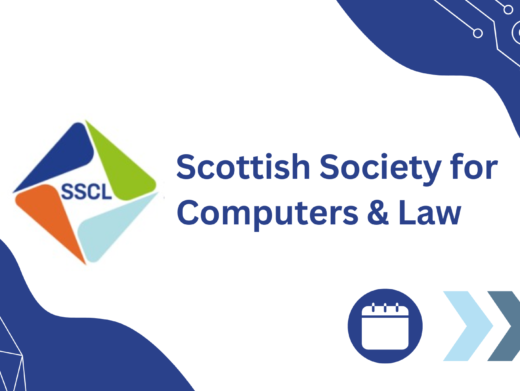In R v Harrison [2007] EWCA Crim 2976, Mr Justice Cranston, giving the lead judgment of the Court of Appeal, has dealt with what he described as a novel argument. The case concerned a conviction under the Protection of Children Act 1978, s 1 and the Criminal Justice Act 1988, s 160 – what might reasonably be described as the creation and possession of images of child pornography. The appellant was a regular user of pornographic web sites and was aware that illegal photographs appeared on those Web sites by way of an automatic (pop-up) mechanism. He was also aware that they would be stored on the hard drive of his computer. Counsel for the appellant had submitted that pop-ups caused automatically by the computer language associated with particular sites were made by the creators of the page in question not the user. It was submitted that a person cannot be said to make an illegal image if, when using his computer to browse the Internet, he intentionally accesses an web site comprised of lawful material but, without further action on his part, the programming associated with the site causes illegal material to ‘pop up’ or results in access to sites which contain illegal material.
The Court of Appeal ruled as follows:
17. We reject the notion that with automatic ‘pop up’ type activities it is the web site’s designer, not the user, who makes the image. It is contrary to authority and to the ordinary meaning of language. Moreover, the jury must have been taken to have decided against the appellant, as the appellant now concedes, about the existence and function of the computer in storing material automatically. In other words the jury must be taken to have decided that the appellant knew that any images he accessed would be copied – made in terms of legislative language – and stored automatically.
18. It was common ground that, as the appellant admitted he knew, automatic ‘pop ups’ or redirections to other sites would occur when accessing legal pornographic sites. The issue the jury then had to decide was whether the appellant knew the likelihood that in accessing certain sites, illegal material would in this way be accessed. The appellant complains that the judge failed to make the distinction between the likelihood that ‘pop up’ type activity would occur on the one hand and the likelihood that, if it did, illegal material would be accessed on the other. He also complains that there was no evidence that it was possible to predict, before accessing any particular site, whether or not ‘pop up’ type activity would occur and that, further, it would be of illegal images.
19. There are passages in the judge’s summing up where this distinction was not drawn as clearly as it might have been. But we are in no doubt that, in the context of the summing up as a whole the jury knew what they had to be sure not only about and that the appellant knew about automatic ‘pop up’ activity when he accessed adult pornographic sites, but that he knew that in accessing certain sites there was a likelihood that these ‘pop ups’ would be illegal images.
20. In our view there was also enough evidence for the jury to decide the issue of the likelihood that sites, if accessed, would lead to illegal ‘pop up’ activity. Images in the possession count can be associated with particular sites. Thus there was an (evidential) basis for the jury to be sure, based on the appellant’s previous use of particular sites, that it was likely to contain illegal images.




